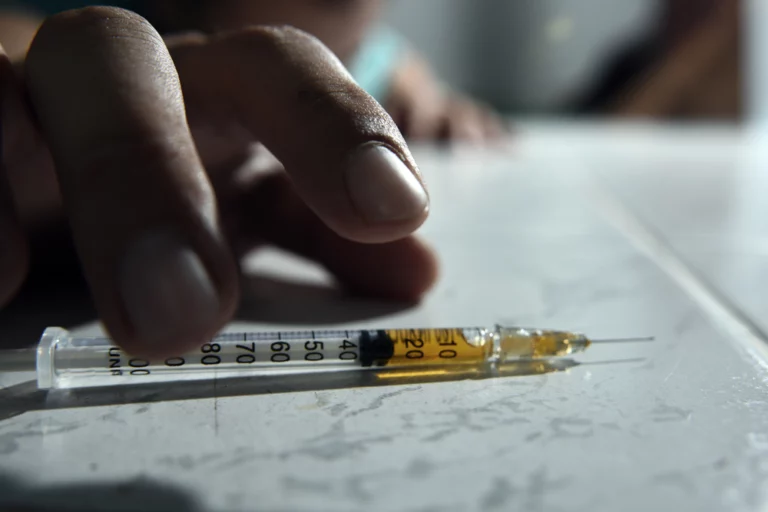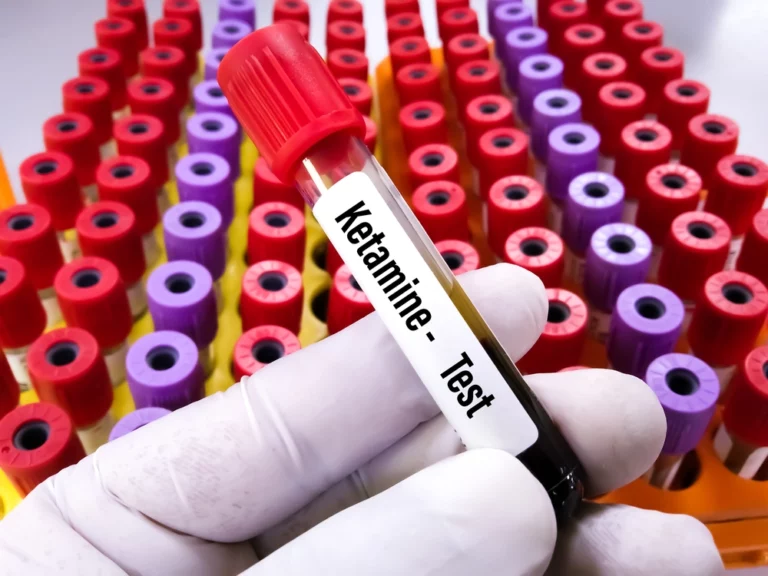Depression and Suicide in Adolescence: Statistics Driving Change for Mental Health
Depression and suicide are a rising concern among adolescents across the country. The transition from childhood to adulthood comes with many challenges, and for some, the journey comes with struggles like depression and suicidal ideation.
Depression and suicide in adolescence statistics show that almost 250,000 emergency room visits occurred due to self-harm by youth and young adults. Learning more about the statistics and the mental health of adolescents can help bring awareness to the real-life struggle experienced by these youth – which can help friends, family members, teachers, and more explore various treatments for mental health.
The Prevalence of Depression Among Adolescents
Depression is a serious mental health disorder described by persistent feelings of sadness, hopelessness, and a loss of interest in activities once enjoyed. Among adolescents, the prevalence of depression has been steadily rising. According to data from the National Institute of Mental Health (NIMH), approximately 5 million adolescents aged 12 to 17 in the United States experienced at least one major depressive episode in 2021. This represents a significant increase from previous years, highlighting the growing burden of depression on young people.
Depression affects certain demographic groups differently, with differences observed based on factors such as gender, socioeconomic status, and race/ethnicity. Adolescent girls are more likely than boys to experience depression, with studies showing that they are nearly twice as likely to develop the disorder. Also, adolescents from low-income households or marginalized communities may face increased risk factors for depression, such as limited access to mental health resources and exposure to chronic stressors.
The Link Between Depression and Suicide
Perhaps the most concerning aspect of adolescent depression is its association with suicidal thoughts and behaviors. Research has consistently shown that individuals struggling with depression are at a heightened risk of contemplating or attempting suicide. According to the Centers for Disease Control and Prevention (CDC), suicide is the second leading cause of death among adolescents aged 15 to 19, underscoring the urgent need to address this issue.
In 2021, the suicide rate among individuals aged 14 to 18 in the United States was 9 per 100,000 population, marking a steady increase from previous years. Data from the CDC’s Youth Risk Behavior Surveillance System (YRBSS) revealed that approximately 30% of female students nationwide reported seriously considering suicide and 14.3% of male students had considered it. Both numbers show a significant increase in reporting from previous years – with high numbers reported for making suicide plans.

Factors That Contribute to Depression and Suicide
Understanding the factors that contribute to depression and suicide among adolescents is important for developing effective prevention and intervention strategies. While the causes of these mental health concerns may be complex, several common risk factors have been identified:
- Biological Factors: Genetics and neurobiology play a significant role in predisposing individuals to depression, as certain genetic variations and neurotransmitter imbalances can increase susceptibility to the disorder.
- Psychological Factors: Adolescents may experience stressors such as academic pressure, social isolation, or family conflict, which can contribute to the development of depression. Additionally, low self-esteem, perfectionism, and negative thinking patterns can exacerbate depressive symptoms.
- Social Media and Technology: The pervasive influence of social media and digital technology has raised concerns about its impact on adolescent mental health. Excessive use of social media platforms, cyberbullying, and the pressure to curate an idealized online persona can contribute to feelings of inadequacy and exacerbate depressive symptoms.
- Environmental Factors: Socioeconomic disparities, exposure to trauma or abuse, and lack of access to mental health services can all contribute to the onset and persistence of depression among adolescents. Moreover, societal stigma surrounding mental illness may deter young people from seeking help when they need it most.

Addressing the Depression and Suicide Crisis Among Adolescents
Addressing the crisis of depression and suicide in adolescence requires a comprehensive approach involving help from multiple people, including parents, educators, healthcare providers, policymakers, and community organizations. Some key strategies for intervention and prevention include:
- Early Identification and Intervention: Educating parents, teachers, and healthcare providers about the warning signs of depression and suicide is essential for early identification and intervention. By recognizing symptoms such as persistent sadness, changes in behavior, and social withdrawal, adults can provide support and connect adolescents with appropriate mental health resources.
- Access to Mental Health Services: Increasing access to mental health services is paramount in ensuring that adolescents receive timely and effective treatment for depression. This includes expanding school-based counseling programs, improving access to affordable therapy and medication, and reducing barriers to mental health care for marginalized communities.
- Promotion of Resilience and Coping Skills: Empowering adolescents with resilience-building skills and coping mechanisms can help mitigate the impact of stressors and reduce the risk of depression and suicide. This may involve promoting healthy lifestyle habits, teaching emotion regulation techniques, and fostering supportive peer relationships.
- Destigmatization of Mental Illness: Challenging societal stigma and fostering open conversations about mental health can help create a culture of acceptance and support for adolescents struggling with depression. By promoting empathy, understanding, and acceptance, we can create safer environments where young people feel comfortable seeking help without fear of judgment or discrimination.
Getting Help for Adolescents Struggling with Mental Health
Depression and suicide in adolescence statistics show the increased need for programs aimed at treating mental health in youth and young adults. By confronting the stigma surrounding mental illness, improving access to mental health services, and fostering supportive environments for young people, we can work towards a future where adolescents can thrive emotionally and mentally. Louisville Recovery Center knows how hard it can be for youth and young adults to reach out for help – making it even more important for family members, friends, and educators to pay attention to the symptoms. If you or a loved one is experiencing symptoms of depression and you worry that they may be having suicidal thoughts, reach out to us to learn more about our personalized programs for mental health for adolescents.







